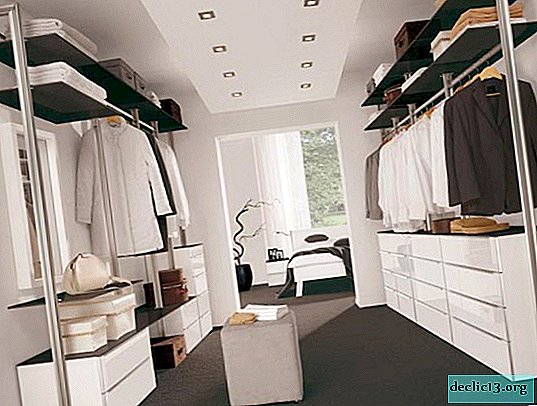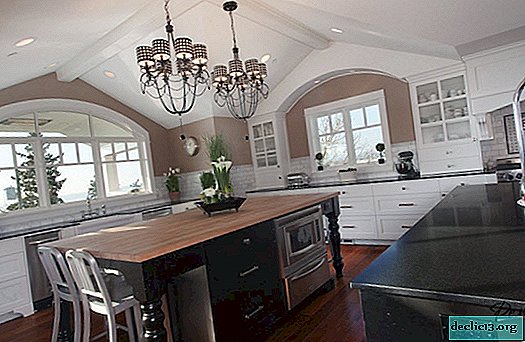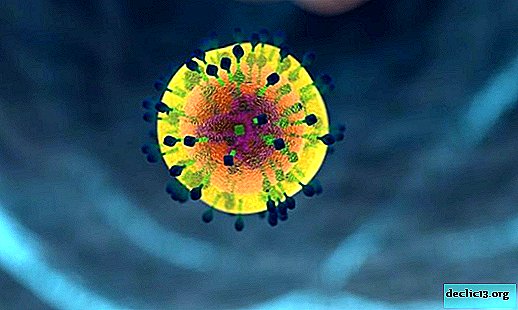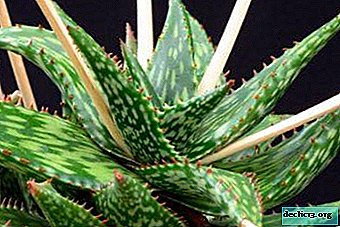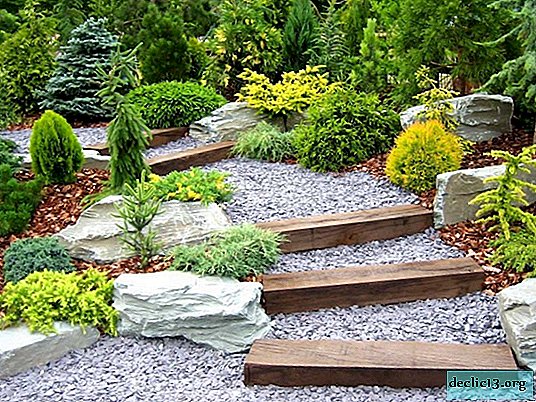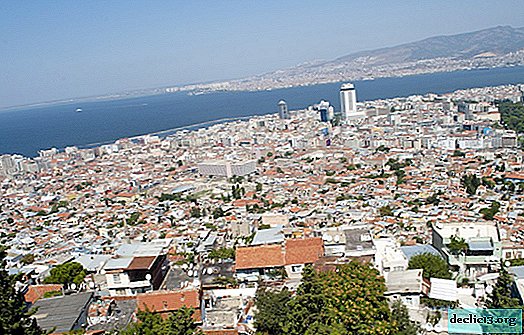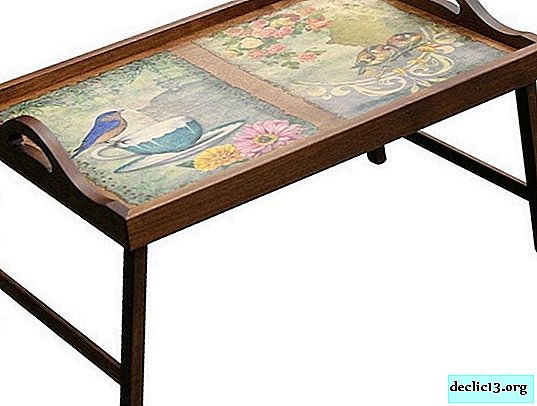Aerated concrete house insulation: highlights
Despite the fact that aerated concrete has good thermal insulation characteristics, it is better to insulate it. This is due to its operational properties, which depend on the density. With an increase in the insulating characteristics, the density decreases, which means that the strength and durability of the material decreases. Insulation of the house from aerated concrete can be performed both inside the building and outside.
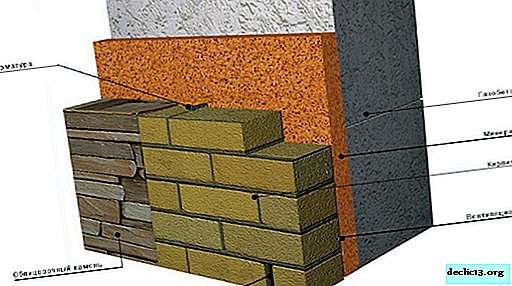
Advantages of external insulation:
- increase the life and aesthetics of the building;
- reduction in heating costs;
- the resistance of the outer wall from the effects of temperature changes increases;
- sound insulation improves;
- can be performed for newly constructed buildings or for a long time already erected;
- the effect of "wall sweating" is reduced, which has a beneficial effect on the temperature inside.
Disadvantages of internal insulation:
- The area indoors decreases;
- during work, the room should be empty;
- to prevent condensation in the room, the creation of ventilation is necessary;
- high-quality insulation is expensive;
- during work inside, it can create conditions for the appearance of fungus, water drips, mold, and this will lead to the formation of an unpleasant odor, a violation of the internal finish.
Now the best option, giving maximum heat resistance, is the installation of three-layer walling. Here, the insulating material is at an average level.

Materials for warming a house from aerated concrete
Mineral wool (stone wool, glass wool). The material is made of glassy fibers, industrial waste processing of the metallurgical industry, silicate minerals. It is an environmentally friendly material, not subject to burning, vapor permeable.
Styrofoam. Working with him is convenient and easy. It is water resistant, but less resistant to burning than mineral wool, has worse soundproofing properties, but a lower price. It is considered vapor proof material.
Less common: foamglass, wood fiber or natural cork boards, extruded polystyrene foam. Their use requires consultation with a specialist. To solve the problem of “insulation of a house from aerated concrete” you need to decide which wall you need to get: vapor-proof (“not breathing”) or vapor-permeable (“breathing”). Vapor-permeable material - cellular concrete, vapor-proof - expanded polystyrene. When strengthening the wall, polystyrene foam must be provided for the creation of ventilation, not only exhaust, but also for air intake.
The most popular for warming blocks are considered to be vapor-permeable paints and plasters, siding, brick for cladding and sawn timber. By the way, for plastering walls of aerated concrete, read here.

